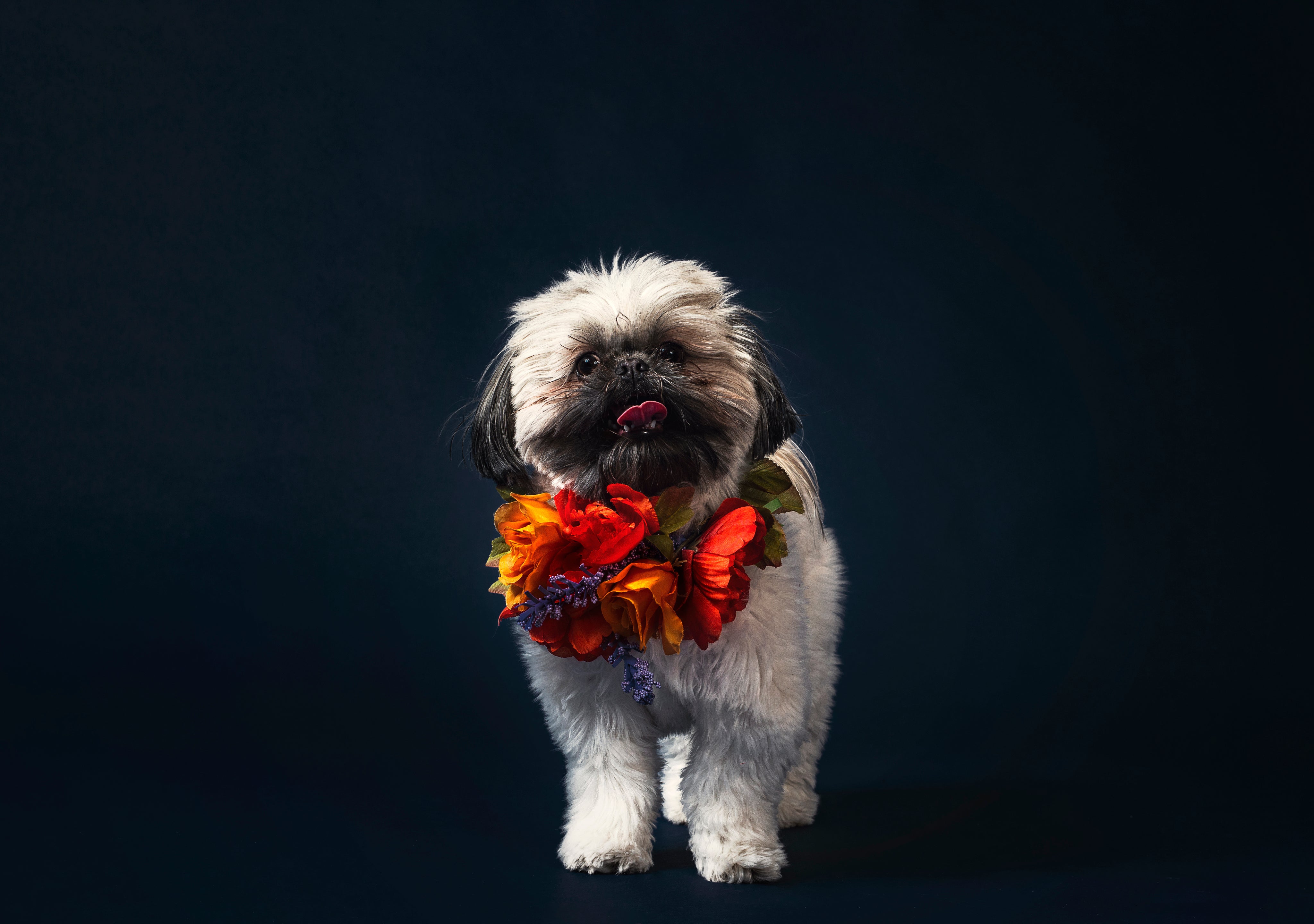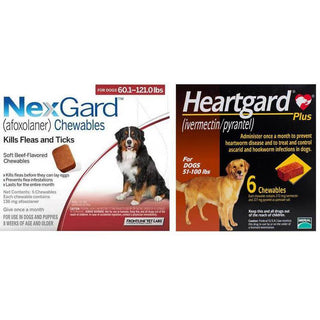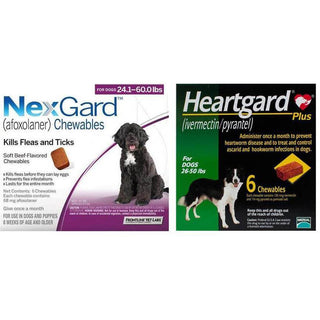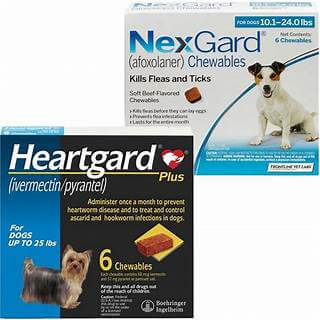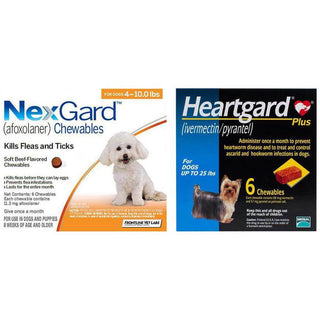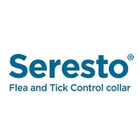
Many cat owners wonder if sharing a small piece of pork from their meal is safe for their feline friend. Pork is a rich source of protein and fat — nutrients essential for a cat’s diet — but that doesn’t mean it’s automatically healthy or risk-free. Understanding how pork affects your cat’s health can help you make the right feeding decisions.
In this guide, we’ll discuss whether cats can eat pork, the potential benefits and risks, safe serving tips, and better alternatives for your pet’s nutrition.
Can Cats Eat Pork?
Yes, cats can eat pork in small amounts, but only when it’s plain, cooked, and free from seasoning, fat, or bones. Pork is not toxic to cats, but it should be treated as an occasional treat, not a staple food. The way pork is prepared makes a big difference between a safe treat and a dangerous meal.
Nutritional Value of Pork for Cats
Pork contains several nutrients that may benefit your cat when offered occasionally:
- Protein: Helps maintain muscle strength and overall body function.
- B Vitamins (B1, B3, B6, B12): Support metabolism, nerve health, and energy production.
- Iron and Zinc: Aid in oxygen transport and immune function.
- Fats: Provide energy and support a shiny, healthy coat.
Although these nutrients can support your cat’s health, a high-quality commercial cat food already provides all the essential minerals and vitamins your feline needs for a well-balanced diet.
Potential Risks of Feeding Pork to Cats
Despite its nutritional content, pork can pose several health risks if not handled or served properly. Here are the main concerns:
1. High Fat Content
Pork is higher in fat compared to other meats, such as chicken or turkey. Too much fat can lead to pancreatitis, obesity, and digestive issues in cats. Fatty cuts such as bacon or pork belly are especially unsafe.
2. Seasoning and Additives
Human-style pork dishes often contain salt, garlic, onion, and sauces — all of which are toxic or harmful to cats. Even small amounts of these ingredients can cause gastrointestinal distress or anemia.
3. Risk of Parasites and Bacteria
Uncooked or partially cooked pork may contain harmful parasites like Trichinella spiralis and bacteria such as Salmonella, posing serious health risks to both cats and humans. To keep your pet safe, always serve pork that’s thoroughly cooked to the proper temperature.
4. Bones and Choking Hazards
Cooked pork bones can splinter easily, posing a choking risk or causing internal injuries. Never give your cat cooked or raw pork bones to chew on.
Safe Ways to Offer Pork to Your Cat
If you still want to let your cat try pork, follow these simple but crucial safety steps:
- Choose Lean Cuts: Select lean meat like pork loin or tenderloin.
- Cook Thoroughly: Boil or bake without seasoning, oil, or sauces.
- Avoid Processed Pork: Skip bacon, ham, sausages, and cold cuts — they contain salt, preservatives, and nitrates.
- Remove All Bones and Fat: Trim visible fat and ensure no bones are left.
- Serve Small Portions: Treat pork as an occasional snack, not a meal replacement.
- Monitor for Allergic Reactions: After feeding pork, watch for vomiting, diarrhea, or unusual behavior. If you observe any unusual signs or symptoms, reach out to your veterinarian right away.
How Often Can Cats Eat Pork?
Pork should be given only occasionally, no more than once every few weeks, and in small quantities (a few bite-sized pieces). Feeding pork too frequently can cause digestive upsets, nutrient imbalances, or weight gain.
A healthy cat’s main diet should consist of high-quality, vet-approved cat food that provides complete nutrition. Meat treats, such as pork, can complement this diet but should not replace it.
Healthier Meat Alternatives for Cats
If your goal is to diversify your cat’s protein intake, there are safer and healthier options than pork:
- Chicken: A lean source of protein that’s gentle on digestion.
- Turkey: Low-fat and rich in essential amino acids.
- Fish (such as salmon or tuna): Provides omega-3 fatty acids for skin and coat health (feed occasionally, cooked).
- Lamb: Another high-quality protein source suitable for cats with poultry allergies.
These meats are more balanced in fat and easier for cats to digest compared to pork.
When to Avoid Feeding Pork
You should avoid pork entirely if your cat:
- Has pancreatitis, obesity, or liver/kidney disease
- Is sensitive to fatty foods or prone to vomiting
- Is on a prescription diet
- Has shown allergic reactions after eating new proteins
In these situations, it’s important to speak with your veterinarian before offering any new foods — pork included — to ensure it won’t harm your cat’s health.
Signs of Food Intolerance in Cats
If your cat reacts poorly after eating pork, you may notice symptoms such as:
- Vomiting or diarrhea
- Lethargy or loss of appetite
- Excessive drooling
- Abdominal discomfort
Stop feeding pork immediately and seek veterinary advice if symptoms persist.
Key Takeaways
- Yes, cats can eat pork, but only in small, cooked, unseasoned portions.
- Avoid processed, fatty, or raw pork due to health risks and parasite exposure.
- Pork should never replace a nutritionally balanced cat diet.
- Before introducing any new food into your cat’s diet, it’s best to seek your veterinarian’s advice to ensure it’s safe and suitable for your pet’s health.
Feeding your cat right keeps them healthy, happy, and active. When in doubt, stick to vet-approved meals and trusted pet products to ensure your feline friend gets the best care possible.
Final Thought
A little pork won’t harm your cat — but moderation, preparation, and awareness are key. Choosing safer meats and maintaining a balanced cat’s nutrition is always the better choice.
For trusted, affordable, and vet-approved medicines and supplements, explore 79pets.com — your one-stop destination for premium cat and dog health care at the best prices.

